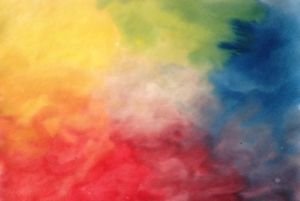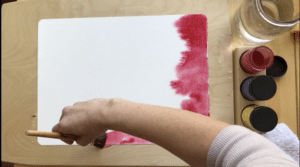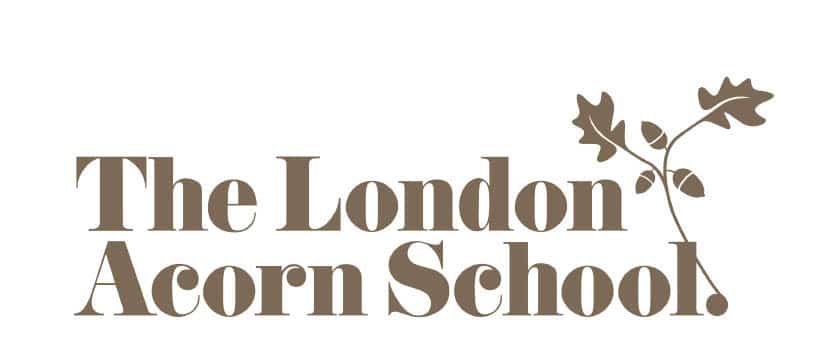
How we paint:
In kindergarten we only use the three primary colours during our painting sessions. We choose the colours depending on the season. For spring we use blue and yelow and for summer usually the tree of them. We also choose the amount of paint that we want them to use. If we want them to explore the colour green we can give them more amount of yellow with a bit of blue. This is very important to lower frustration while they are exploring the world of colour because they will always mix beautifully on the paper.
If possible, paint alongside your child/children. Like in kinde, we focus on imitation, imagination and sensory experience, at home you are the role model. Your child/children will be more engage in the activity if you are engage. Some days in kindergarten the teachers are painting alone, but children are always watching, so they are still learning. When we are in that beautiful process of painting, the children like to talk and to share what they are doing, also to ask questions. In kinde we always answer trying not to engage in a long conversation so they can focus on their painting. And remember, we are painting colours, not forms, and there’s no goal for the final product.
We prepare the painting session for them so they can come and paint straight away when they want to, but when they finish, they help tidying up their painting spot.
We show the children how to dip the brush in the paint, wipe excess paint/water in the sponge and how to rinse the brush between colours
Leave your paintings to dry flat on the boards/tray. Your dry paintings will be lovely to display at home or re-use as cards, little book’s covers, etc.
Supply list: (This is what we use in kindergarten but anything you have at home will work)
- Watercolor painting paper
- Concentrated watercolor paints in the three primary colors (normal watercolour paint will work)
- A painting brush for each person
- A painting board for each person
- A large basin for soaking the paper or a sponge to wet the paper if it’s not too thick.
- Clean glass jars for paints and rinse water
- Sponge for each person
- Aprons (if possible)
- Little pots for the paint
- A jar for the water
Steps for a smooth painting day:
Decide and prepare the colours you are going to give to your child/children. Fill a large basin with a bit of water if you are going to soak the paper into it, if not, wet the paper with a sponge.
Pour a very small amount of the mixed paint (or watercolour paint) into each paint jar. This way, if the colors get mixed, it’s only a small amount of paint.
Take a piece of paper and lay it nice and flat on the board then use the sponge to smooth out any bubbles and wipe off extra water.

